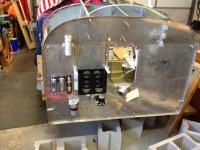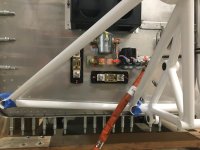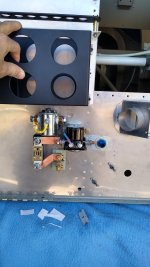KiloFoxtrot
Well Known Member
I am just now at the beginning of FWF work and I'm installing the master and starter relays. I am still learning about electrical / avionics, and will also review more in the Aeroelectric Connection this weekend. My question is probably simple to most of you guys so any quick guidance is welcomed to shorten my learning curve.
Which of these will I need if I am using a B&C alternator 60amp with an external regulator, and the PC680 battery.
Ammeter Shunt, ANL current limited, alternator fuse.
I have seen pictures of firewalls, but don't see consistency when it comes to these parts being installed on firewalls. What other electrical components will I need to allow space for in FWF planning? Is there something else I am missing. Are some guys just installing these parts behind firewall?
Which of these will I need if I am using a B&C alternator 60amp with an external regulator, and the PC680 battery.
Ammeter Shunt, ANL current limited, alternator fuse.
I have seen pictures of firewalls, but don't see consistency when it comes to these parts being installed on firewalls. What other electrical components will I need to allow space for in FWF planning? Is there something else I am missing. Are some guys just installing these parts behind firewall?







